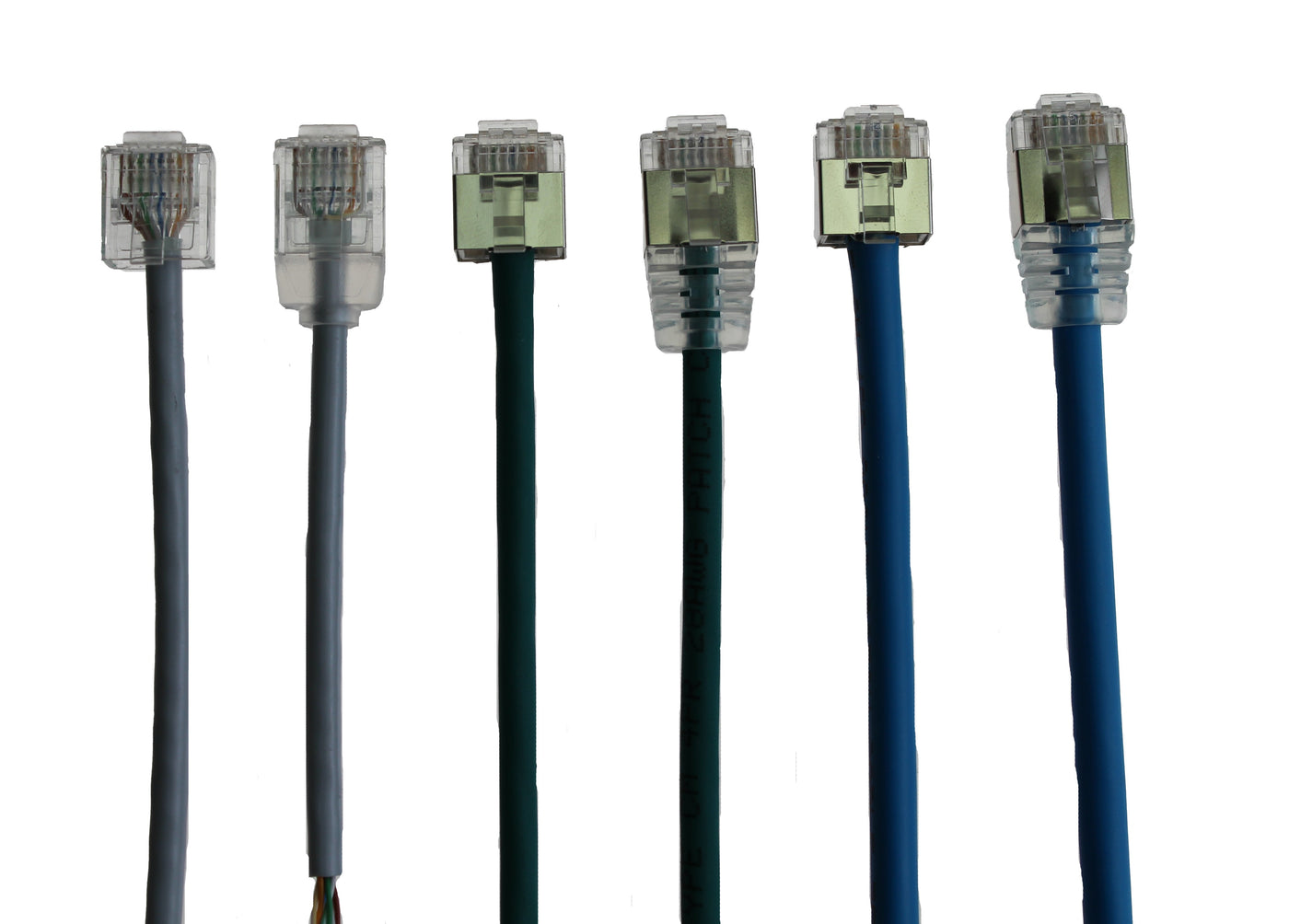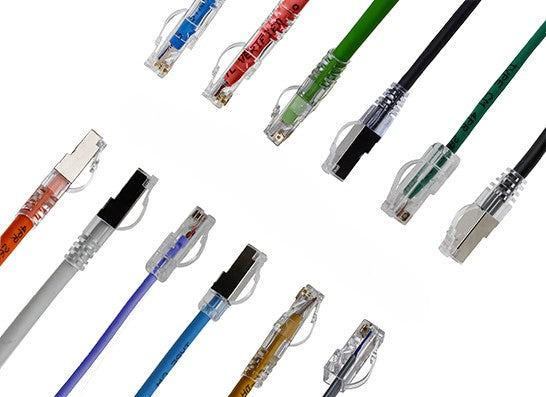The bend radius is defined as the minimum radius a cable can be bent without damaging it or degrading its performance. If a cable is bent beyond its bend radius, it will kink it, damage it, shorten its life, or increase crosstalk or interference. That’s why it’s important to know the bend radius of the cables you are purchasing and using.
The bend radius of cables becomes particularly important for data center rack installations. There are dozens, hundreds, or thousands of cables routed inside the tight spaces of data center racks. As you design the data center and how the cables will flow, you want to keep the cables as organized as possible to allow for easier servicing of the rack equipment in the future. You also want to keep things organized to save space and maintain good airflow within the racks. Lastly, you want to make sure the cables are not bent too much so that you optimize the lifespan and performance of the cables.
How is Bend Radius Calculated?

The minimum bend radius (R) is typically determined by the outer diameter (d) of the cable times a multiplier (see diagram to the right). Below are the bend radiuses of some typical data center cables:
- Category 5, 5e, and 6 cables: eight times the cable diameter
- Fiber patch cord: ten to fifteen times the cable diameter
- DAC
- 24AWG: 1.5 inches (38 mm)
- 26AWG: 1.3 inches (33 mm)
- 28AWG: 1.0 inch (25 mm)
- 30AWG: 0.9 inch (23 mm)
A Bend Radius Example
Let’s use our FlexLite™ CAT6 28AWG cable and a Regular CAT6 24AWG cable as examples.
FlexLite™ CAT6 28AWG cable
Outer Diameter: 3.8 mm
Bend Radius: 15mm
Regular CAT6 24AWG cable
Outer Diameter: 6.2mm
Bend Radius: 25mm
As you can see, the smaller diameter of the FlexLite™ CAT6 cable allows for it to be bent much more than a regular CAT6 cable. The difference in bend radius between the FlexLite™ and a Regular CAT6 cable is nearly 30%. That means that using FlexLite™ CAT6 Cables will allow for more flexibility and organization in designing data centers, which is why many of our customers love using this cable.
Don’t hesitate to contact us if you need advice in choosing the right cables for your projects.



